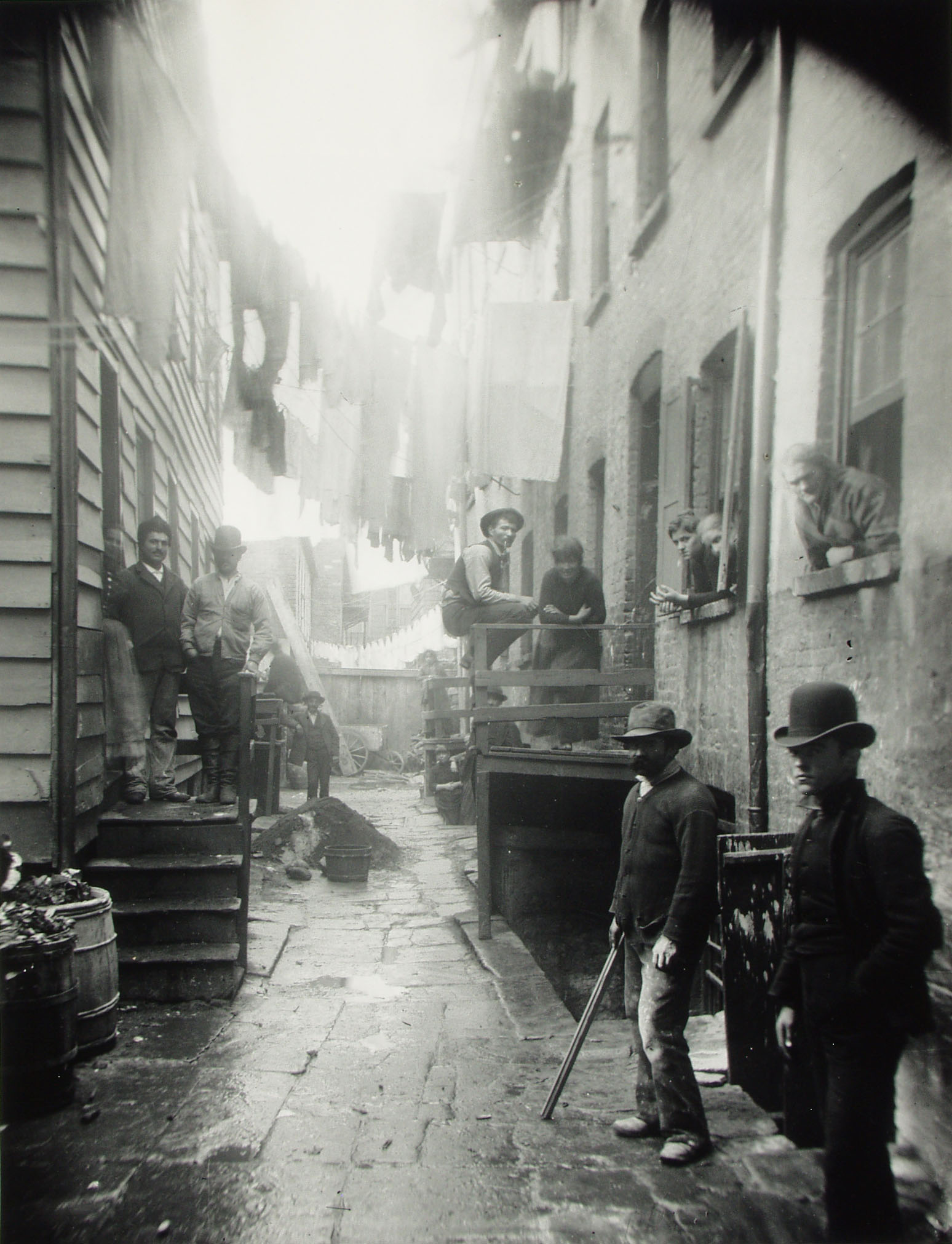Serendip is an independent site partnering with faculty at multiple colleges and universities around the world. Happy exploring!

Web Event #4: Close the Gaps
Close the Gaps
Eva’s Man by Gayl Jones chronicles the hectic, fractured life of Eva Medina Canada, whose existence has been tormented by sexual and emotional violence since girlhood. In a haunting, tangible parallel to the chaos of Eva’s experience, the novel’s narrative becomes increasingly more broken as the story progresses – eventually unraveling into a continuous narrative stream with little distinction between memory and reality. Jones’ masterful mirroring of content with form serves to draw readers in and engage them in a psychological state of chaos and confusion, not dissimilar from that of Eva’s emotional turmoil. By creating this twin experience, Jones effectively closes the social gap between readers and the story’s protagonist thus sustaining the ability for a deeper, more generative connection with the novel and its presentation of the female experience.
As a connoisseur of crime-based reality television shows like Dateline and 20/20, it was not difficult to understand what drew me to Eva’s Man. Beyond just the enticing content, however, the novel’s structure allows for readers to truly feel as though they are within the story. My loss of direction and feeling of confusion were productive in that they served to parallel the downward spiral of Eva’s emotional state as witnessed through her hectic story-telling and grim outcome of incarceration. In this way, the act of reading Eva’s Man provided an experience that allowed me to engage more deeply with the content.

Space, Comfort, and Privacy in Correctional Settings
“We also assume (mostly unconsciously) that what is good for the goose (or ourselves) must be good for the gander (“the average person”)” (Toch 5).
Picture Source: The Liberator Magazine


Privacy and Niches in Prisons and Bryn Mawr
I spent my memo thinking a lot about niches and privacy and how the two were connected. One of the things that really inspired that was considering my own niche. Here's the representation I did of it on Friday! (see also my response to Anne's question about interim spaces as niches for an explanation of this particular aspect of my niche).

Today, I feel blessed.
In my memo, I took a look at the prevalence of religious practice/belief in prison and how prisoners are able to use relgious metaphor in order to combat the negative images and perceptions of crime and criminals. 
A Momentary Musing
I came back to my room and could still see the imprints of our bodies on the grass. Though the traces were faint, we still left something behind.

Memo II: "Othering" Offenders
In this essay I explore the consequences of social distancing prisoners and, on the flipside, the consequences that arrive when one wants to, and attempts to, close that distance.


Close Reading of Eva’s Man through the Lens of Wendy Brown
In reading Eva’s Man by Gayl Jones, it is interesting to note the paradox of a writer telling the story of a character marked by silence. Eva often refuses to answer questions asked by many people in her life, and the narration of the story (which is from Eva’s perspective) often switches back and forth in time, leaving the reader often feeling confused and disoriented. However, although we may label Eva’s character as silent/silenced, there are still 177 pages devoted to telling us her thoughts and memories. How do we reconcile thinking about Eva as a silent/silenced character while acknowledging the book gives us an account of many parts of her life? In critically examining Eva’s Man through the lens of Wendy Brown’s work about politicizing trauma, it is at times difficult to hold together Jones’ action of writing the novel and Eva’s action of choosing when to speak or stay silent.

Look at it through a bigger frame.
This is the image I used in my summary. It is a photograph by Jacob Riis, taken in 1890, that I feel exmplifies Howard Zehr's ideas of looking at crime/criminals with a bigger frame in mind. This photos purpose was to show that enviroment was a cause of crime and not biology.


Finding the self in walled communities
This is Sharon Wiggins, a lifer who we were told by some of the women in the Cannery has now been released. This photo by Howard Zehr really captured my attention, and made me question how incarcerated men and women adapt to, and are even able to do introspective reflection in their prison environments. 
Easy Like Sunday Morning...A Geological/Botanical Tour
Three freshmen from Anne's ESem, Max and I begain our ramble around 10:13am on Sunday morning. I know Max and I didn't discuss planning anything out for the trip and I don't think the freshmen did either.
We started walking toward Taylor Hall from Erdman to start the geological tour, but Max thought that, since we were by her site sit, we should stop by and look at some of the plant life around there. She pointed out the English Ivy and a beech tree and we discussed whether or not we thought this one plant was a weed. Stemming from that last topic, we talked a bit about what we thought weeds were and Max cited the definition that we came up with on our botanical tour that "a weed is something that is not where it is supposed to be and doens't want to leave" (please correct me if that is wrong).
We paused here for a bit longer to discuss what had and what had not been helpful to us in class thus far. The freshmen each cited the amount of writing that is required in their ESem as helpful to improving that skill for them, though they are becoming a bit tired of the repetition. We compared the location of class between our two classes. The ESem holds class in a different location each day and that location is chosen by a different student (the same way we chose whether to be outside or not). We told them about our system and compared the merits and distractions of both strategies. One thing that stood out for me was that, althought the freshmen enjoyed getting to know a new location each day, they di


